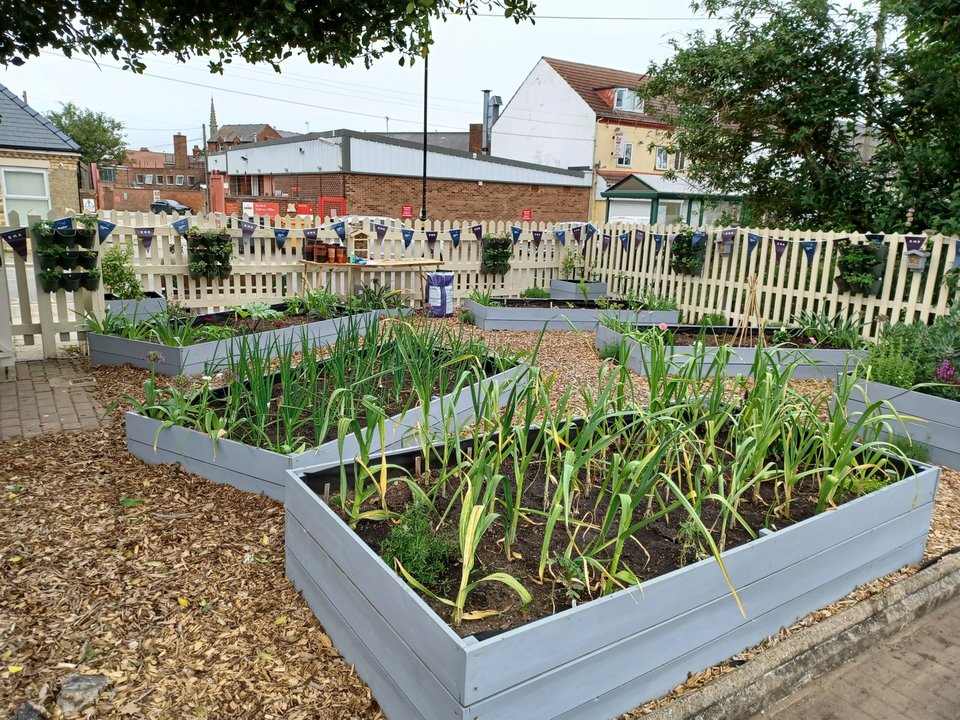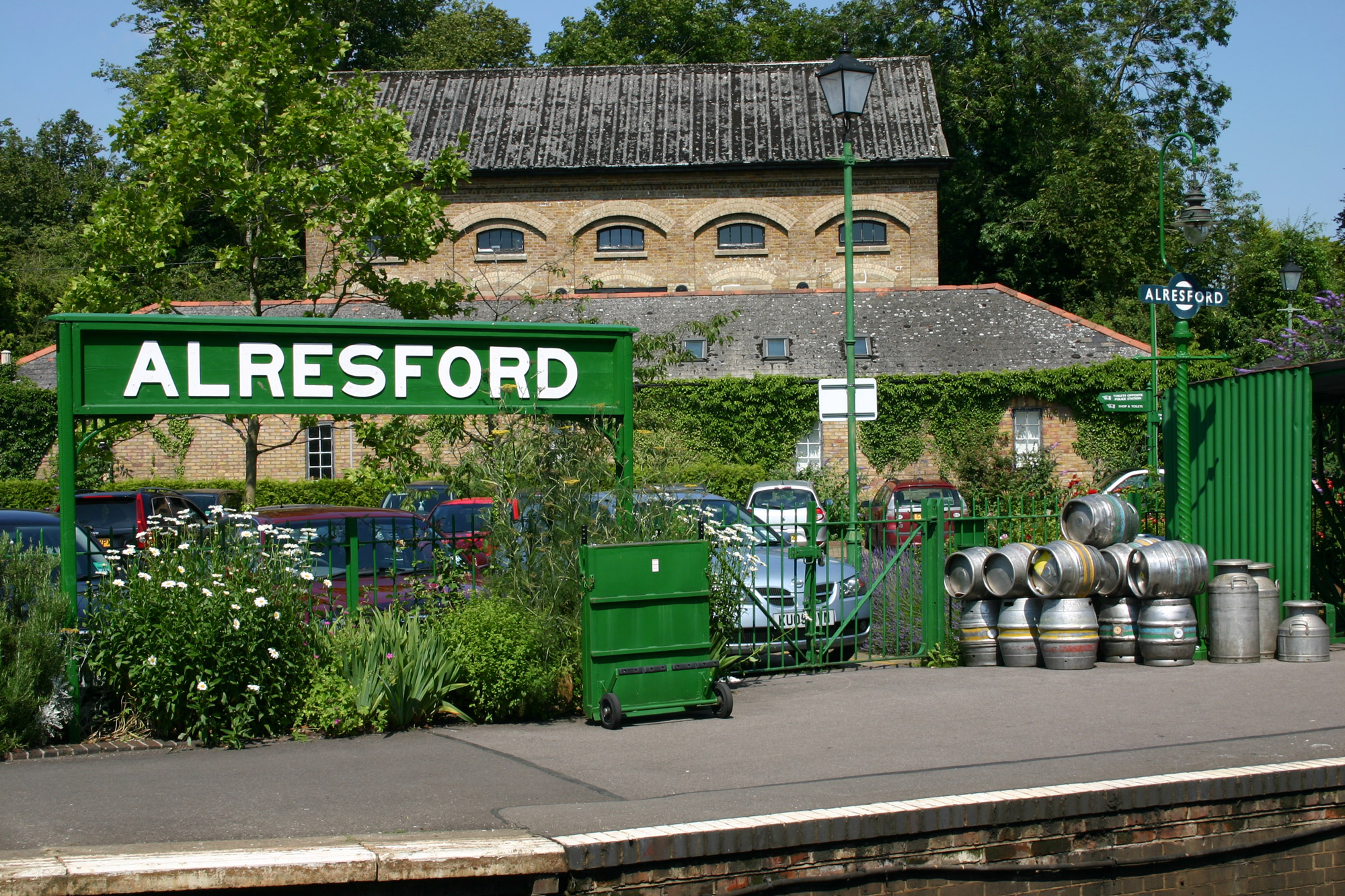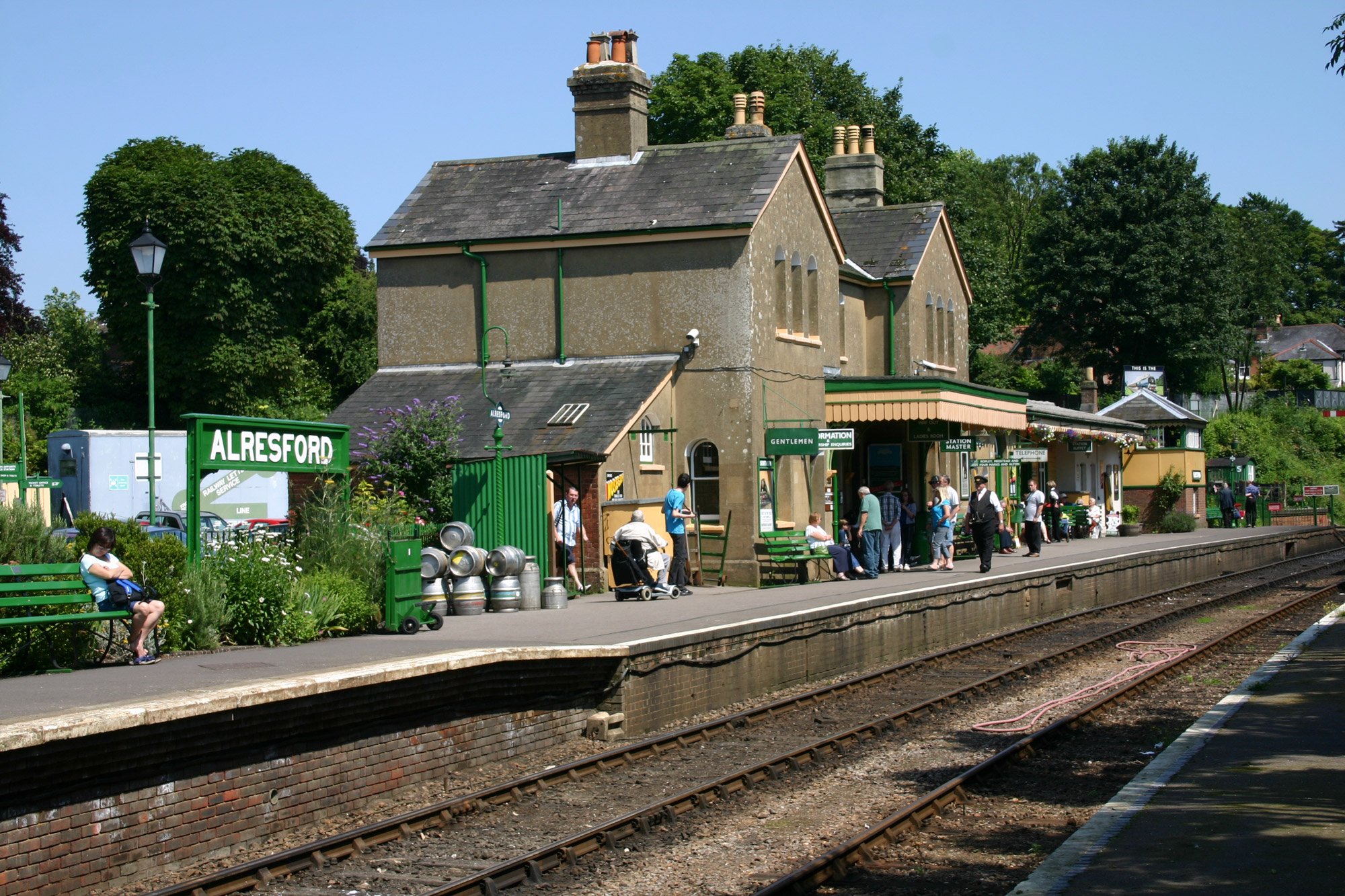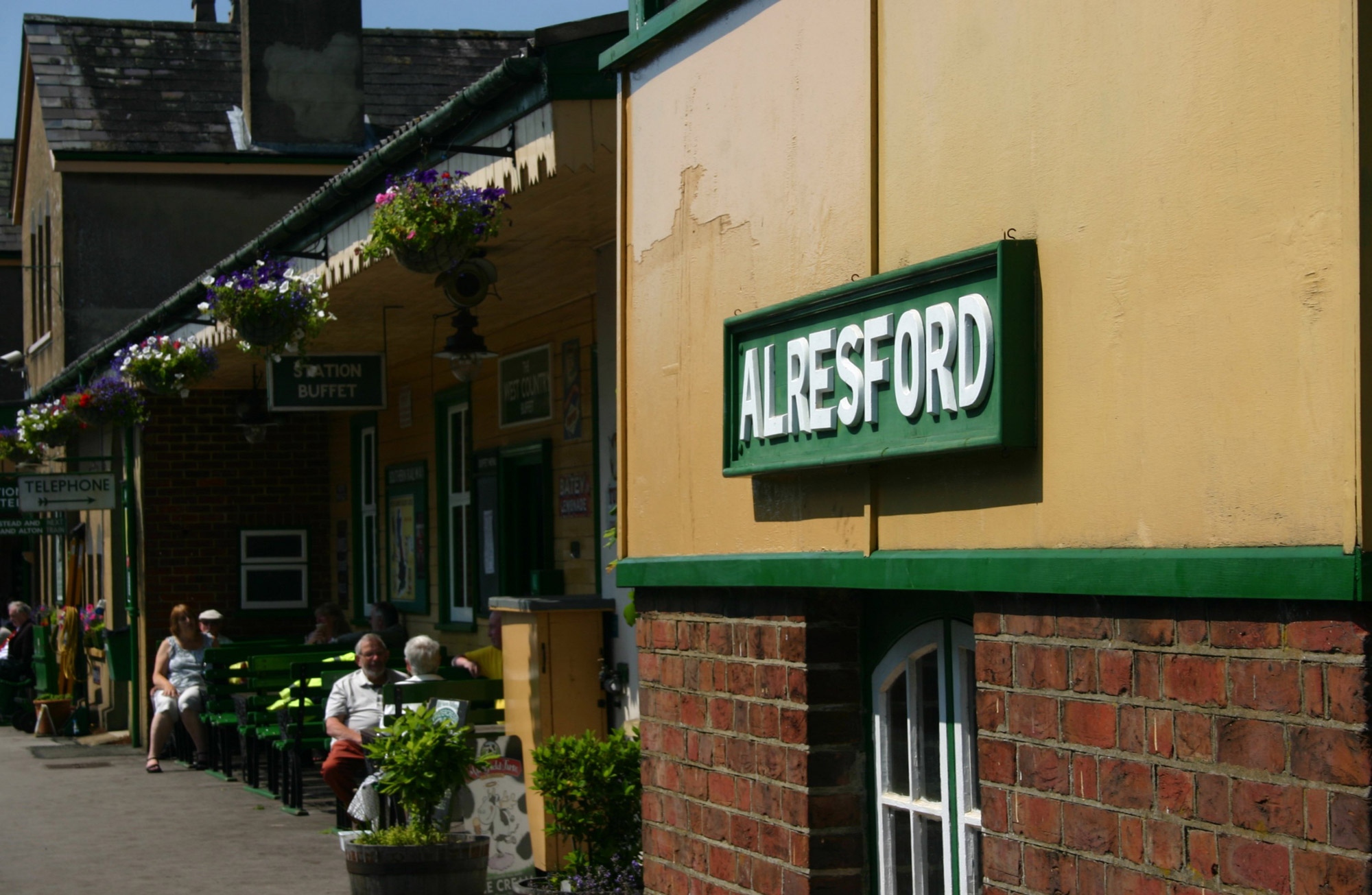Environment
Stations in bloom: boosting biodiversity
Community rail partnerships and stations groups continue to make stations and railway land into flourishing ecosystems. Jasleen Mann finds out more.
Community rail partnerships and stations groups continue to make stations and railway land into flourishing ecosystems. Jasleen Mann finds out more.
F
or many, a railway station is simply a utility that serves one purpose: a place where one can wait for a train to take them to work, or to school, or into a city centre. They are infrastructure, and aesthetics do not matter when it comes to infrastructure. It’s a case of form over function.
However, for some, the railway station is not just a transport hub, but a community one too. It can be a source of pride for small rural communities, something to be cherished and looked after. A railway station can, and arguably should, be picturesque.
Community Rail is an organisation of community rail partnerships that work with communities to promote social inclusion and sustainable travel, while also working with train operators on improvements to the rail network and reviving stations. The movement has directly funded numerous biodiversity projects across the country.
These endeavours result in a diverse range of wildlife flourishing, as through sustainable gardening practices, stations are developed as green habitable spaces, and food sources are provided for insects, birds, and amphibians. These projects support wider conservation, connect people with nature, and benefit both communities and local ecosystems.
The projects also benefit local communities, with many noting the physical and mental health benefits, as well as the fact that they engage young members of society and marginalised groups.
Seeing green on the railways
Jools Townsend, Community Rail chief executive, says: “The community rail movement has created hundreds of station gardens, transforming larger areas, such as former sidings or sheds, or adding greenery to grey spaces, such as platforms in the form of planters, tubs, and hanging baskets.
“Groups are increasingly creating wildflower meadows or allowing for the ‘rewilding’ or areas, encouraging wildlife to thrive.”
Community-led station gardens are becoming increasingly popular across the UK network. These projects are often led by local groups, formed to support their local station, ands are commonly referred to as ‘station friends’.
Community Rail has co-funded large projects, such as the Bee Friendly Trust at Bottesford and Alresford stations, where local groups created station gardens, habitats for wildlife, and space for wider community use. The groups also worked with local schools and delivered local engagement, health, and wellbeing benefits.

Sleaford has more than Mods, thanks to a community rail project there is an allotment at the railway station. Credit: Poacher Line
Sustainable gardening methods practised by the groups include pollinator-friendly planting and providing food and shelter to creatures through features such as bug and insect hotels, bat and bird boxes, and ponds.
Community Rail Network released the ‘Community Rail and biodiversity’ report, with support from The Rail Delivery Group (RDG), which highlights the various projects developed by community partnerships and groups.
Examples of projects include the increase of the total area of station gardens across the Greater Anglia network by 14% in 2020 and pledging 56 gardens to the conservationist WildEast movement, a rewilding organisation in the East Anglia region.
In addition, a project dubbed ‘Buzzing Stations’ aims to make stations in the High Peak District attractive habitats for the endangered Bilberry Bumblebee, while The Friends of Goostrey Station, a group dedicated to the restoration of Goostrey Railway Station, uses geographical information service mapping to monitor species using newly installed wildlife habitats.
Land at Bottesford, Alresford, Sleaford, and Largs stations are being used as community gardens for wildlife havens and educational spaces. The Secret Garden at Avonmouth Station, a disused railway siding, is now used as a food growing and learning scheme.
The picturesque station of Alresford, on the Watercrest Line, is a clear example of the importance of foliage at stations. Credit: Loco Yard
Diverse stakeholders in biodiversity
Biodiversity projects involving extensive cooperation can be time-consuming as a result of intricacies within the rail industry. Townsend notes that issues relating to the use of railway land, such as access and landlord consent, are often overcome by cooperation with rail industry partners.
“The rail industry has made great strides in recent years in recognising the important part it can play in tackling the biodiversity crisis. Community Rail is well-placed to assist with this move towards biodiversity gain, while also supporting rail recovery and delivering local benefits to health, wellbeing, and cohesion,” says Townsend.
The rail industry has made great strides in recent years in recognising the important part it can play in tackling the biodiversity crisis.
Since 2017, Community Rail Network has directly funded over 170 rail-related biodiversity, gardening, or wildlife-related projects in England.
“All over the network, community rail partnerships and groups are enthusiastically embracing the opportunities to promote biodiversity and connect people with nature within their localities,” Townsend adds. “These activities also bring social value, bringing people together and improving the wellbeing and resilience of individuals and communities.
“At Community Rail, we are very supportive of our members’ activities in this area, and will continue to provide advice, guidance, and resources to ensure that community rail makes an ever-growing contribution to environmental and social sustainability, as well as the enhancement of the rail estate.”
The work is linked to rail industry and government strategies to enhance biodiversity and sustainability, RDG’s Sustainable Stations guide, Network Rail’s Biodiversity Action Plan, and the Department for Transport’s Rail Environment Policy Statement, which highlights the importance of community engagement in biodiversity net gain.
Main image: The first Fuxing bullet train prepares to leave the Lhasa Railway Station on its inaugural journey. Credit: Dong Zhiwen/VCG via Getty Images


